Management and Organizations in a Global Environment: Report Analysis
VerifiedAdded on 2020/03/04
|5
|615
|42
Report
AI Summary
This report delves into the complexities of global management, exploring the impact of globalization on organizations and their operational strategies. It examines the perspectives of Thomas Friedman and Pankaj Ghemawat on globalization, analyzing the differing views on the extent and nature of global interconnectedness. The report also investigates the role of cultural dimensions in shaping management practices, emphasizing the challenges and opportunities that arise from cultural diversity. It highlights the need for organizations to adapt to a global environment, considering the interplay of national cultures and the rise of globalized interactions. The report concludes by suggesting that globalization, while creating challenges, can also foster a more harmonious and interconnected world through increased interaction and respect.
1 out of 5
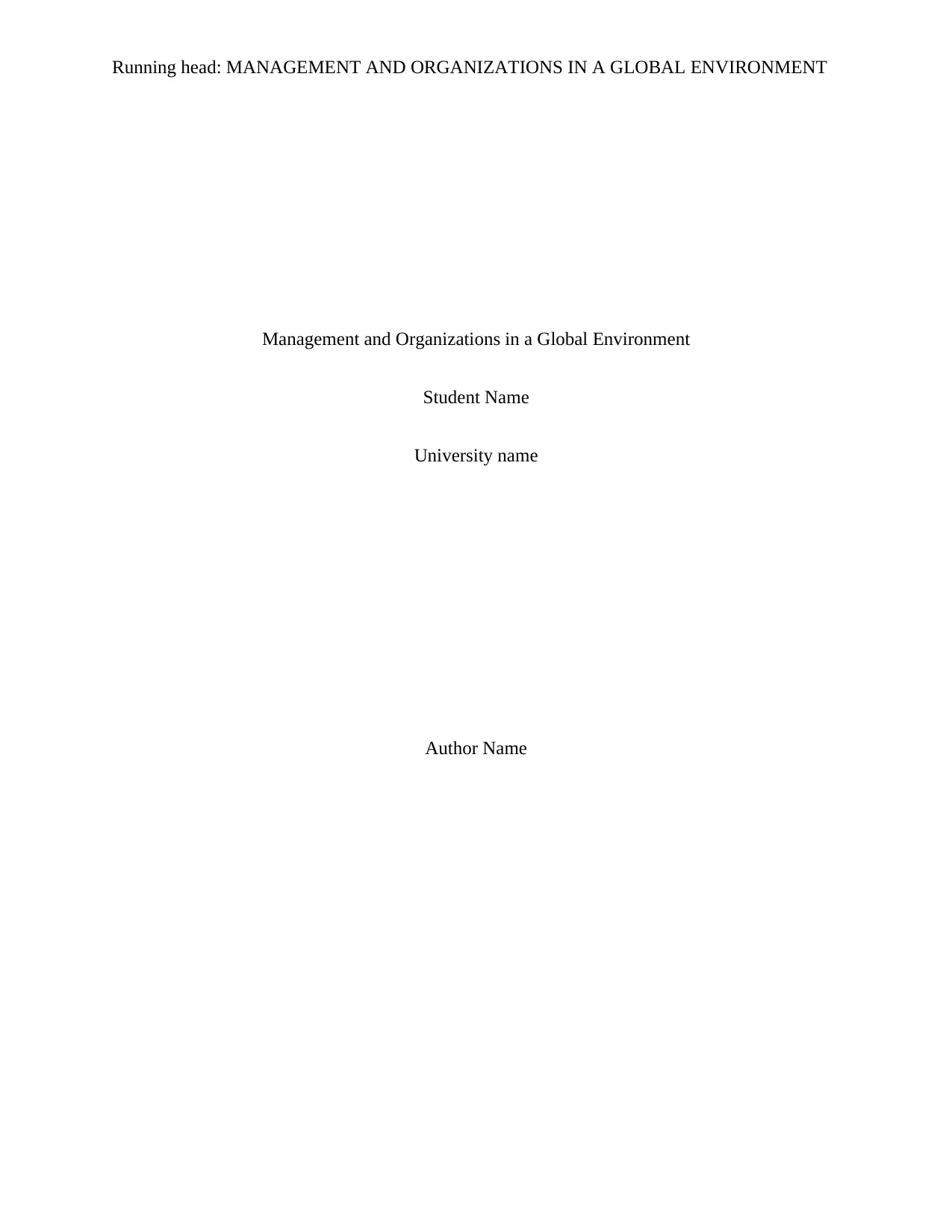
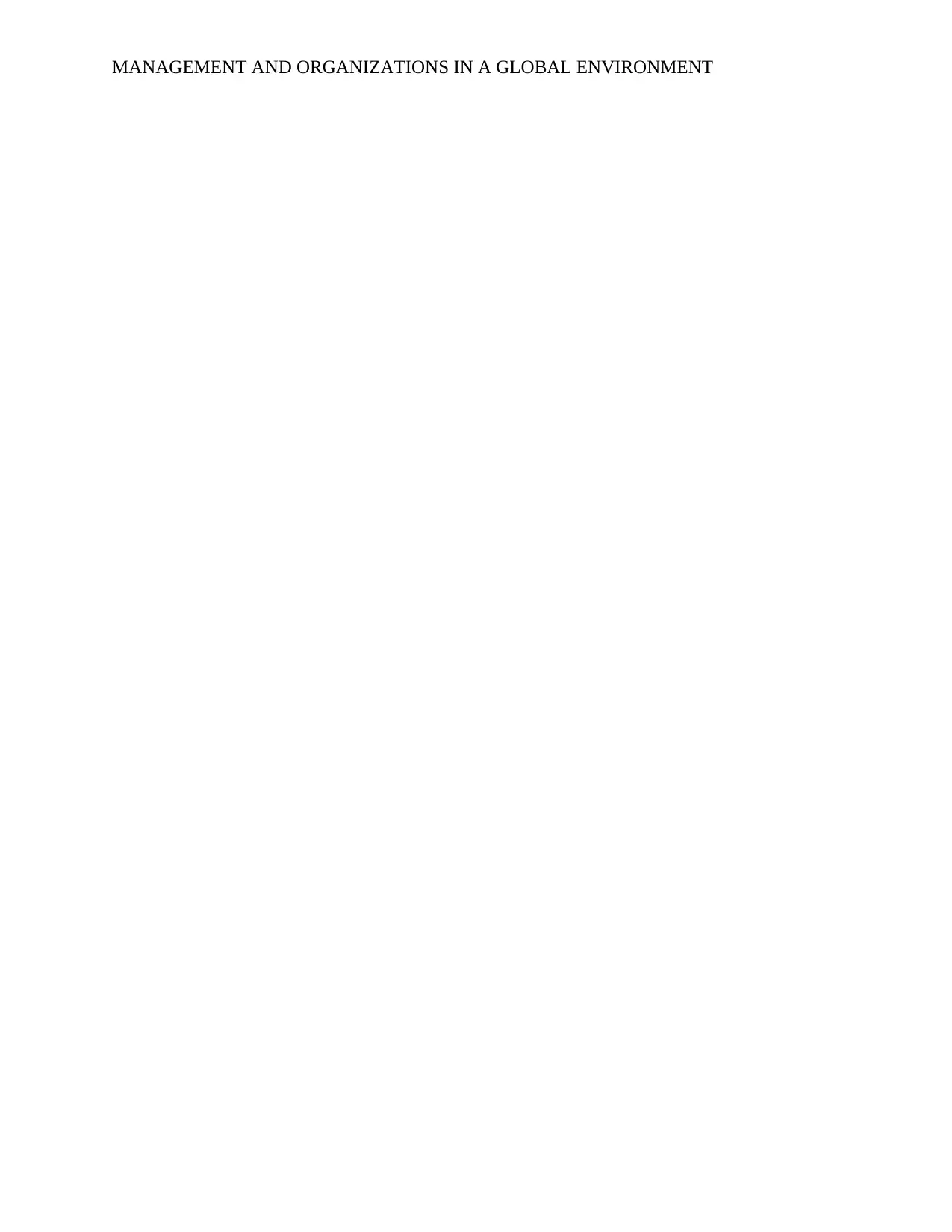
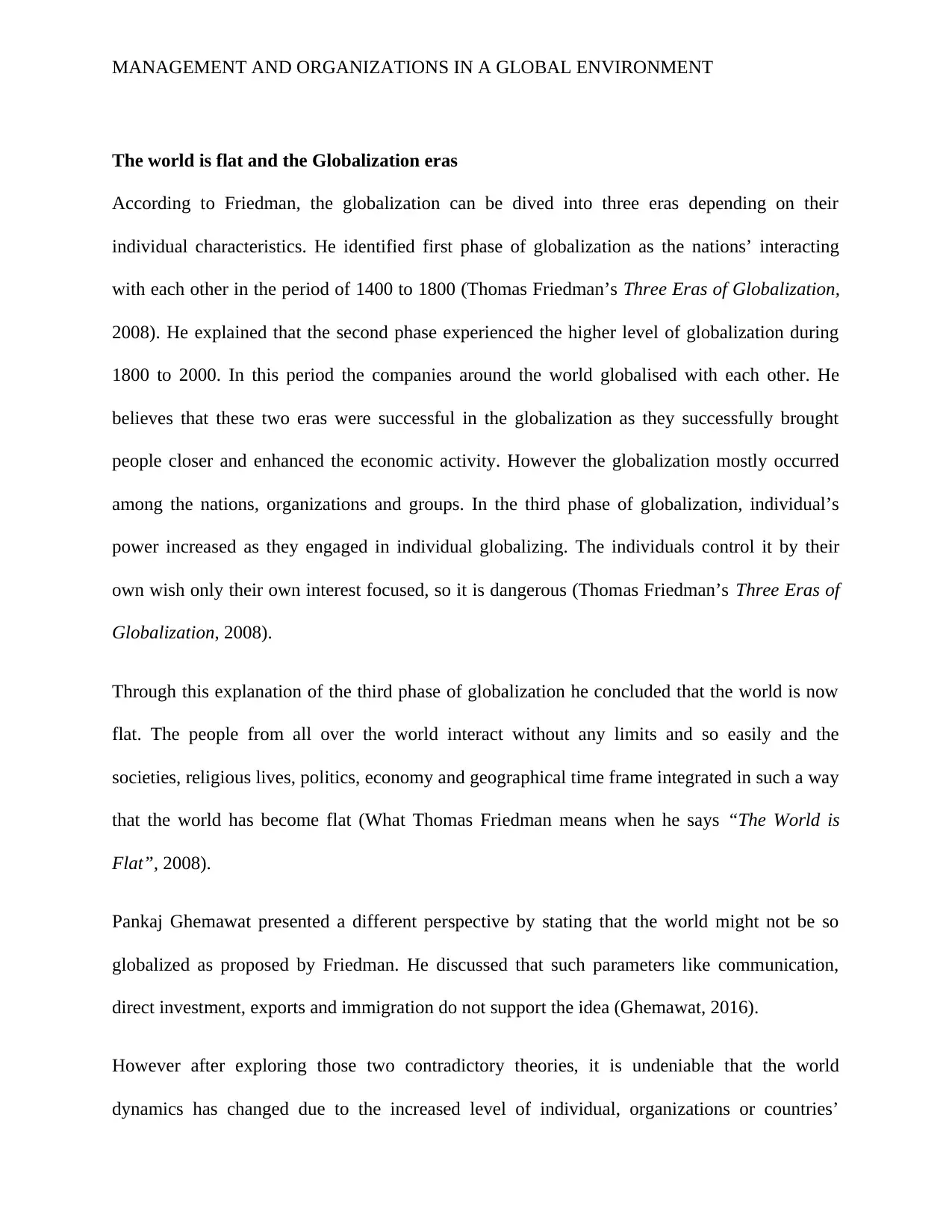

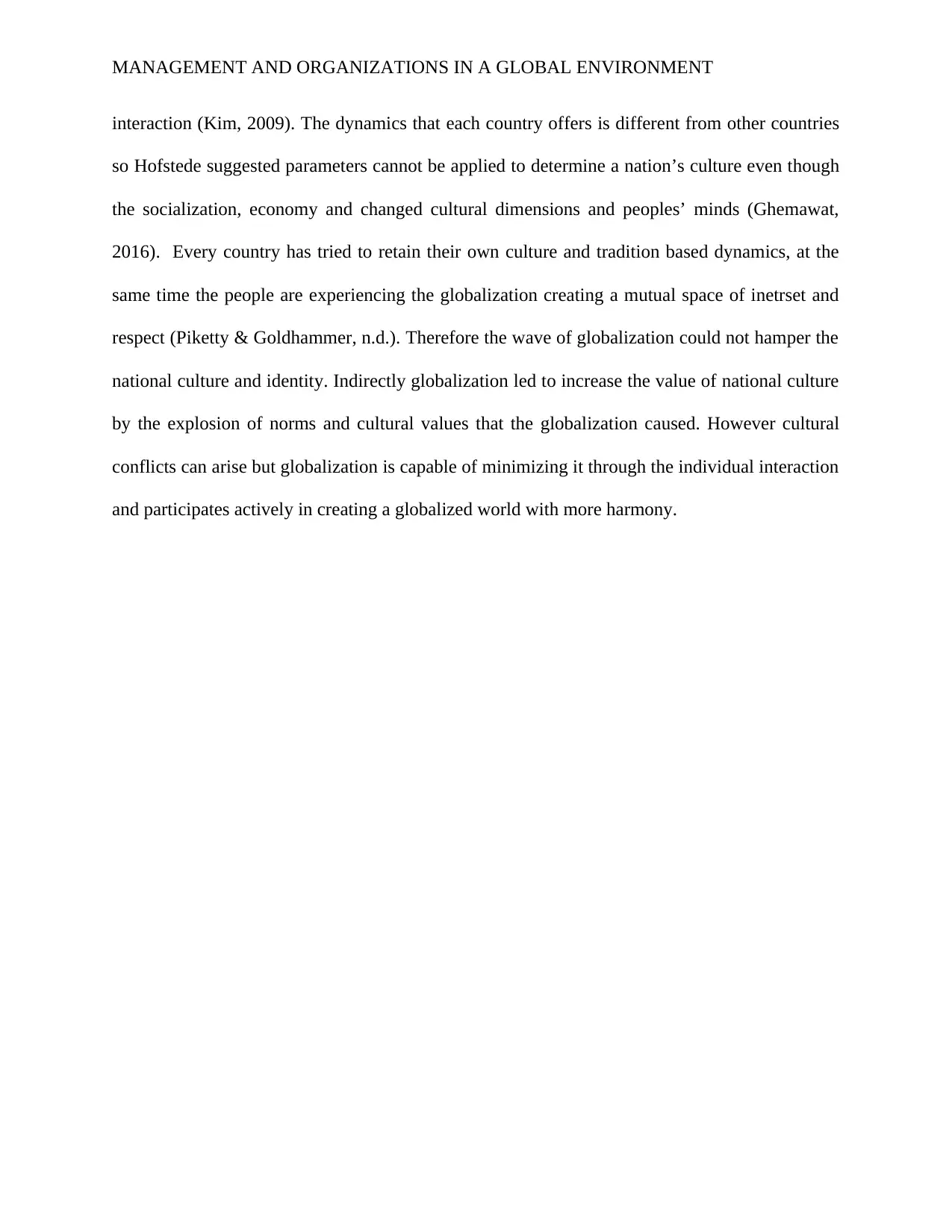
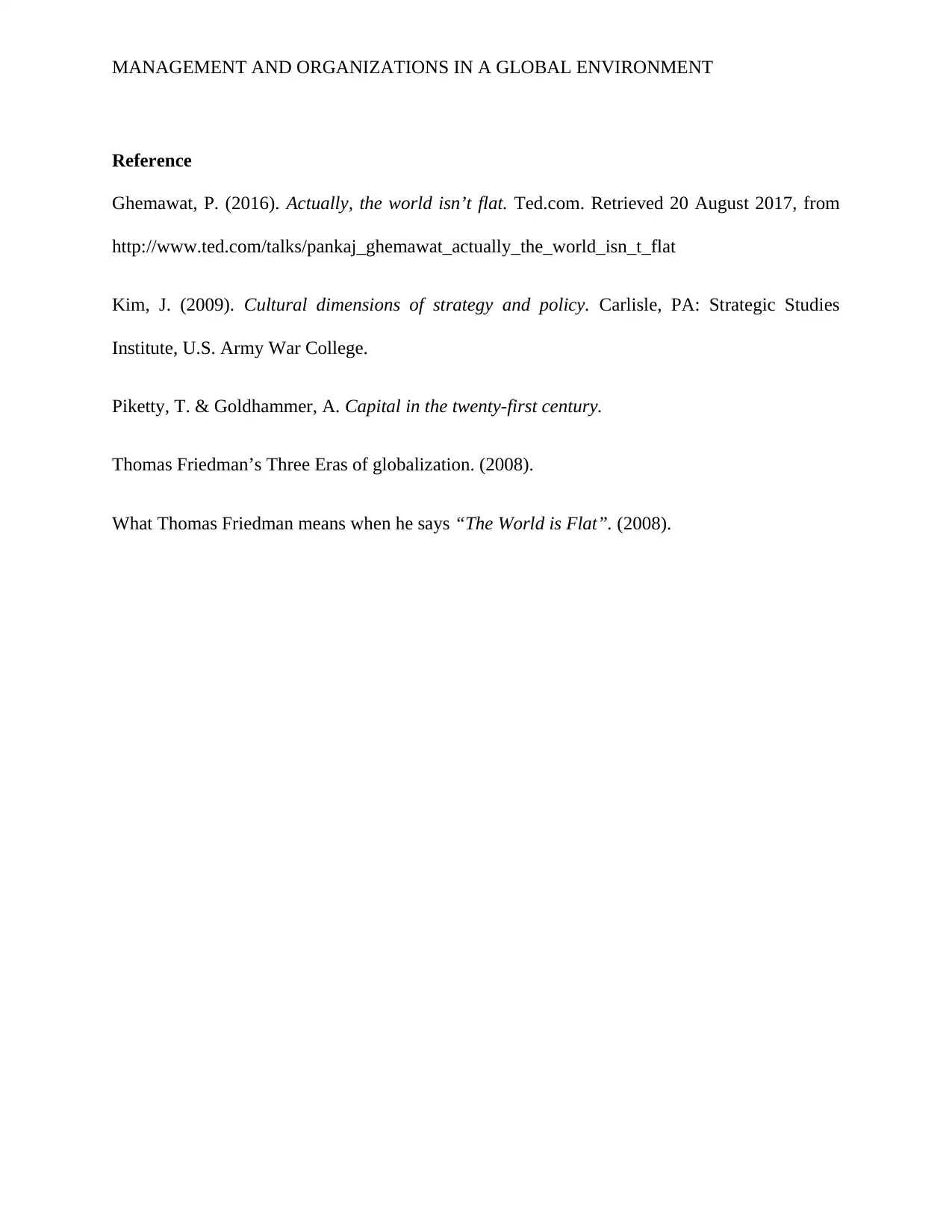





![[object Object]](/_next/static/media/star-bottom.7253800d.svg)